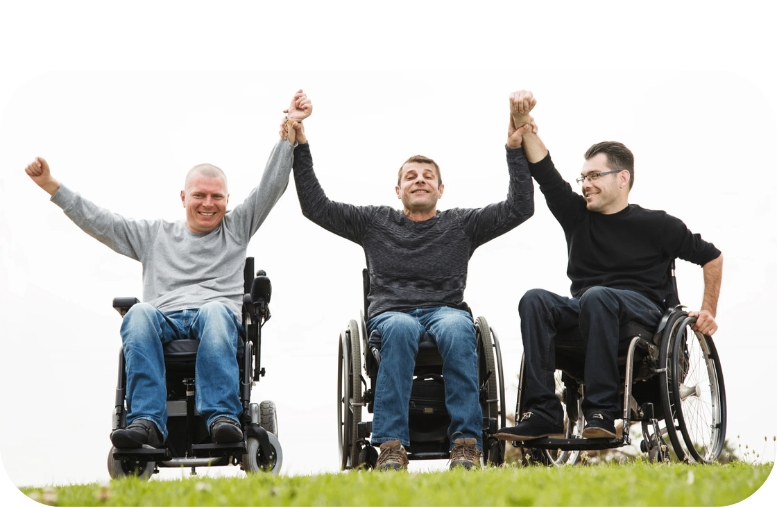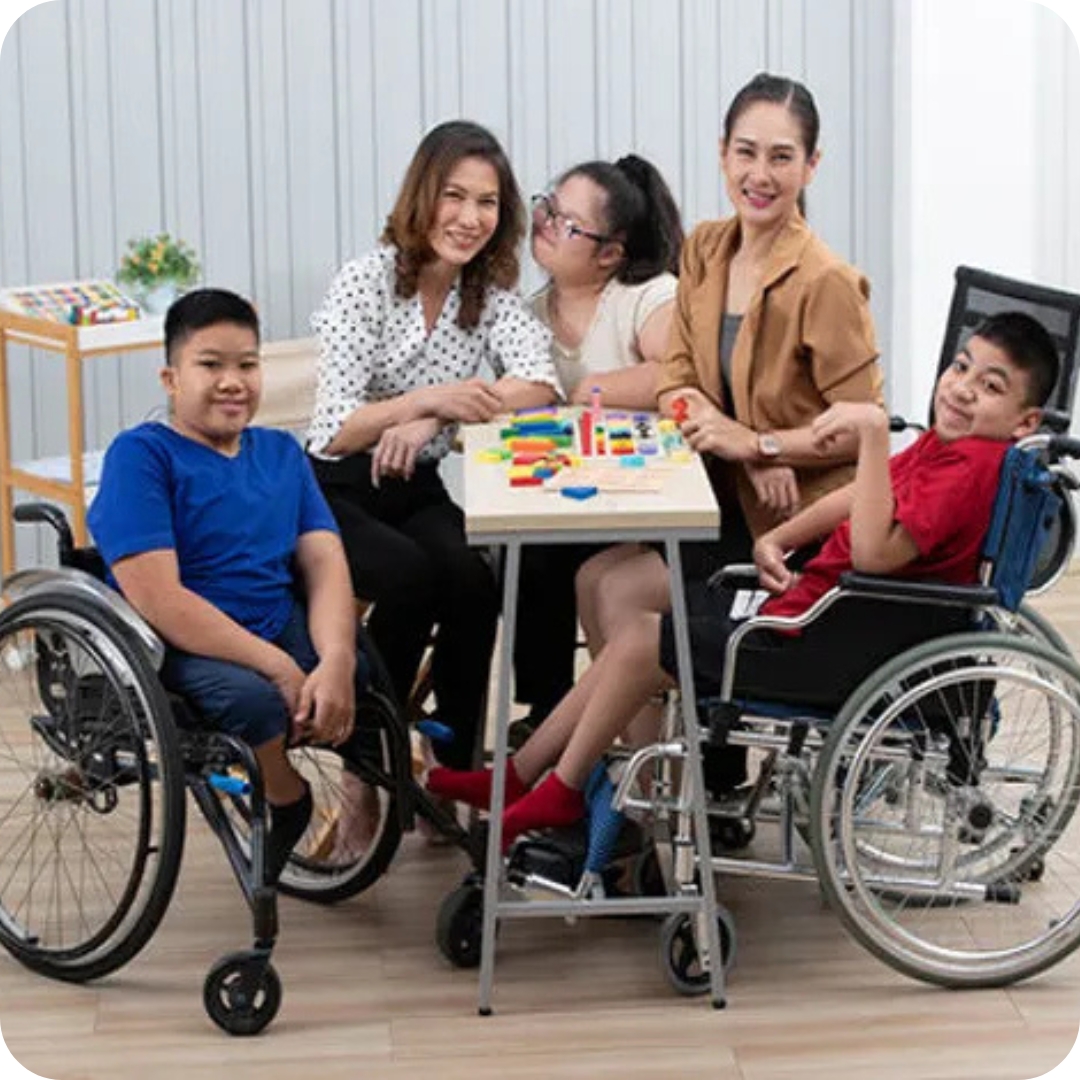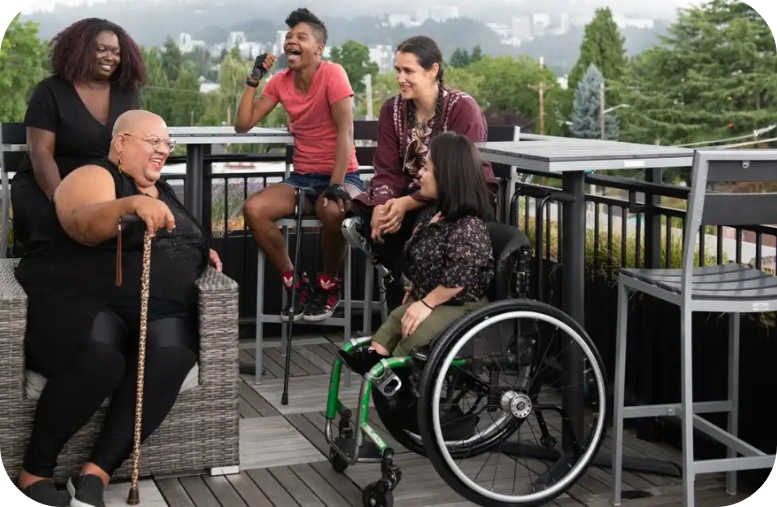Innovative Community Participation in healthcare services refers to programs and support designed to empower individuals—particularly those with disabilities, chronic conditions, or special needs—to actively engage in their community through unique and creative methods. The goal is to enhance social inclusion, develop skills, and promote independence by offering opportunities beyond traditional healthcare or disability services.

Key Features of Innovative Community Participation:
Creative and Individualized Approaches:
- Activities tailored to the interests, goals, and abilities of the individual.
- Unique programs that go beyond conventional community participation, such as arts, technology, sports, or entrepreneurial activities.
Examples of Activities:
- Skill Development: Workshops on public speaking, leadership, or digital literacy.
- Social Inclusion: Attending community events, volunteering, or participating in clubs and groups.
- Recreational Activities: Engaging in hobbies, creative arts, or sports programs.
- Employment and Education: Support with finding jobs, starting small businesses, or enrolling in educational programs.
- Community Contribution: Volunteering at local organizations, environmental projects, or civic engagements.
Target Groups:

- Individuals with physical, intellectual, or developmental disabilities.
- People recovering from mental health challenges or chronic illnesses.
- Anyone looking for personalized support to improve their engagement and contribution to society.
Benefits:
- Builds confidence and independence by helping individuals navigate and interact within their community.
- Enhances mental and emotional well-being through meaningful engagement.
- Promotes skill acquisition, which can lead to improved employment or educational opportunities.
- Fosters a sense of belonging and reduces social isolation.
Support Providers:
- Healthcare or disability service organizations that offer specialized programs.
- Community centers, non-profit organizations, or government-funded initiatives.
- Trained support workers who guide individuals through activities and ensure their safety and engagement.
Implementation:

- Goal-Oriented Plans: Services often start with identifying the individual’s interests, strengths, and objectives.
- Flexible Delivery: Programs can be group-based, one-on-one, or self-directed, depending on the participant’s needs.
- Partnerships: Collaboration with local businesses, schools, or community organizations to create opportunities.
How It Differs from Traditional Community Participation:
While traditional community participation may focus on basic social integration, Innovative Community Participation prioritizes creative and non-traditional ways to engage individuals, often addressing barriers to inclusion in unique and empowering ways. It bridges healthcare, personal development, and social interaction to improve overall quality of life.
